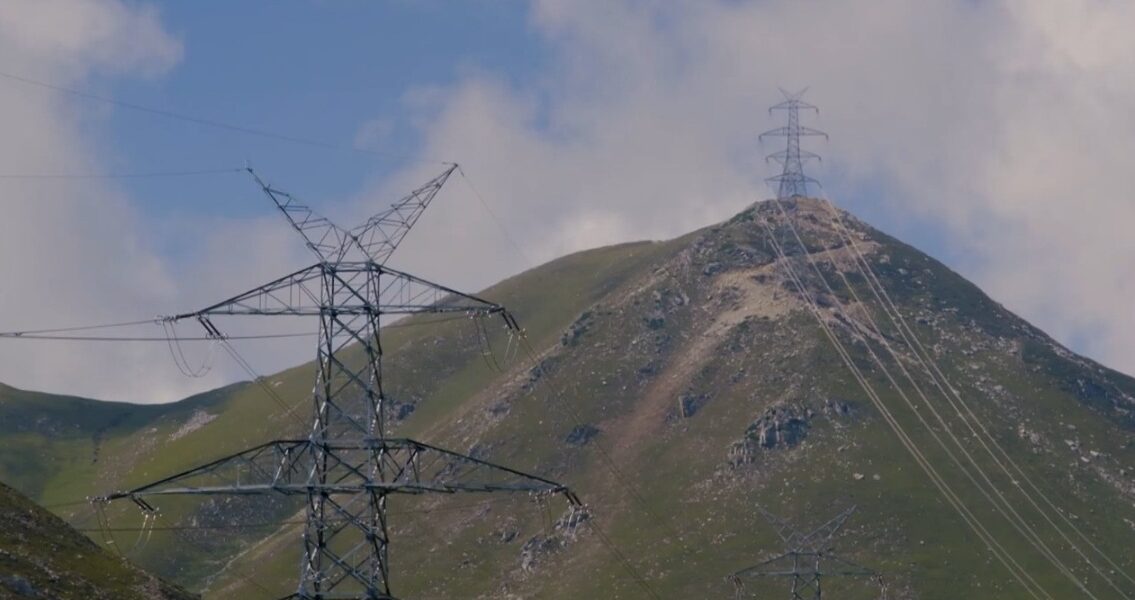ICICI Securities (I-Sec), in a recent report, said that it expects domestic power T&D ordering to see a gradual pickup in the second half of the ongoing fiscal year.
The report said that initial signs of recovery are evident in the strong growth in announcements of power T&D orders, and measures by the government to increase power transmission capacity.
In a recent meeting, the Parliamentary Consultative Committee highlighted that the government is mulling electricity transmission for renewable energy capacity of 233 GW by 2030. This will be done in two phases i.e. 52GW (under implementation) by 2026-27 and 181.5 GW by 2030 have been planned and the same would be taken up for implementation in a progressive manner, the report said.
Over the next five years, I-Sec expects capex of Rs.1,25,000 crore in the interstate transmission system (ISTS). Of this, 50-55 per cent would be towards substations (transformation capacity) while the remaining would be in transmission lines. This would be in view of India’s target of 500GW of renewable capacity by 2030.
As per the agenda of the 9th National Committee on Transmission (NCT), new schemes aggregating Rs14,400 crore have been proposed to be implemented. Most of these would be on TBCB route. Key beneficiaries would be KEC International, GE T&D, Siemens, Techno Electric, the report said.
Key growth drivers
Currently, India’s national grid’s installed capacity is 404 GW and it has met the peak demand of 216 GW during FY23, so far. However, with growth of renewables and given the variability of renewable generation, transmission systems planning has witnessed changes over the past few years. For integrating injection of renewable power in the national grid, there have been several initiatives including: 1) Green energy corridors, 2) transmission systems for ultra-mega solar power parks, 3) transmission systems for 66.5GW renewable energy zones, 4) establishment of 13 RE management centres (REMCs) to address variability and uncertainty of RE generation.
Proposal of 9th NCT
As per the agenda of the 9th National Committee on Transmission (NCT), new schemes totaling Rs,14,400 crore have been proposed to be implemented. By FY27, transmission system for integrating 52 GW of additional RE capacity has been planned. However, as India’s 500GW non-fossil fuel installed capacity target will require advance planning for additional transmission capacity, the Union power ministry has proposed to implement 181.5GW of additional transmission systems by CY30 in a phased manner. I-Sec expects most projects to be implemented through TBCB mode.
Robust pipeline
Domestic power T&D order inflows are likely to be driven by Green Energy Corridor (GEC) Phase-II and Leh Ladakh HVDC lines going forward. The GEC-Phase-II programme (investment outlay of Rs12,000 crore) aims to add 10,753 km of transmission lines and 27,546 MVA capacity of substations across seven states — Gujarat, Himachal Pradesh, Karnataka, Kerala, Rajasthan, Tamil Nadu and Uttar Pradesh. The programme aims to evacuate 20 GW of renewable power from these states. Secondly, the government has planned to construct 900KM of transmission link (HVDC) from Ladakh at a capex of Rs.27,000 crore (including battery energy storage system). The project is likely to transmit renewable capacity of 10 GW being set up in Ladakh.
Also read: Cabinet Okays Green Energy Corridor (Phase II) With Rs.12,000-Crore Outlay
Pickup in domestic orders
Domestic transmission ordering has been weak in last 2-3 years due to lower tendering by PGCIL, Covid-led lockdown, spike in commodity prices, banning of Chinese imports and finally, GIB issue in Rajasthan. There have been initial signs of order intake revival with KEC International’s domestic power T&D H1FY23 order inflow of around Rs.2,000 crore as against an order inflow of Rs.2,000 crore during FY19-22 annually. With reduction in commodity prices, revival in power demand and bulking up of delayed tenders during COVID, I-Sec expects a gradual pick up in domestic power T&D orders. The international markets especially the Middle East and Americas continue to witness strong traction as well.
Note: This story is based on a report dated October 31, 2022, authored by ICICI Securities Ltd (I-Sec). Featured photograph (source: Sterlite Power) is for representation only.



